Dogs, our loyal companions, are known for their affection and loyalty. However, there are times when their behavior takes a sharp turn, manifesting in aggression. Understanding the root causes, recognizing the signs, and implementing effective solutions are crucial for maintaining a harmonious relationship with our furry friends.
Contents Overview
Define Aggressive Behavior in Dogs
Aggressive behavior in dogs refers to any actions or reactions that are intended to intimidate, threaten, or cause harm to humans, other animals, or objects. This behavior can manifest in various forms, including growling, barking, snarling, lunging, snapping, or biting. Aggression in dogs may be provoked by fear, territoriality, possessiveness, frustration, or social factors, and it can range from mild warning signals to severe attacks. Understanding and addressing aggressive behavior is essential for ensuring the safety and well-being of both the dog and those around them.
Unraveling the Causes of Aggression in Dogs
Unraveling the causes of aggression in dogs requires a multifaceted approach, considering various factors that can contribute to this complex behavior. From genetic predispositions to environmental influences, understanding the underlying causes is crucial for effectively addressing and managing aggression in dogs.
- Genetics:
- Breed Predisposition: Certain breeds have been selectively bred for traits such as protection, guarding, or aggression. Breeds like Doberman Pinschers, Rottweilers, and Pit Bulls are often associated with higher levels of aggression due to their genetic heritage.
- Inherited Traits: Genetic factors play a significant role in determining a dog’s temperament and behavior. Dogs may inherit predispositions towards aggression from their parents, making some individuals more prone to displaying aggressive tendencies.
- Socialization:
- Critical Developmental Period: Adequate socialization during the critical developmental stages of puppyhood is essential for shaping a dog’s behavior and temperament. Dogs that are not exposed to a variety of people, animals, and environments during this period may develop fear, anxiety, or insecurity, which can contribute to aggression later in life.
- Lack of Socialization: Dogs that are deprived of socialization experiences may exhibit heightened fear or aggression towards unfamiliar people, animals, or situations.
- Traumatic Experiences:
- History of Abuse or Neglect: Dogs that have been subjected to abuse, neglect, or traumatic experiences may develop defensive aggression as a means of self-protection. Past mistreatment can lead to fear, anxiety, and mistrust, resulting in reactive or aggressive behavior.
- Negative Reinforcement: Punishment-based training methods or harsh treatment can exacerbate fear and aggression in dogs, perpetuating a cycle of defensive or reactive behavior.
- Territoriality and Resource Guarding:
- Protective Instincts: Dogs are naturally territorial animals and may exhibit aggression when they perceive a threat to their territory, family members, or resources. This can include guarding food, toys, or sleeping areas.
- Competition for Resources: Competition for limited resources such as food, attention, or space can trigger aggressive behavior, especially in multi-pet households.
- Medical Conditions:
- Pain or Discomfort: Underlying medical conditions, such as injuries, arthritis, dental problems, or neurological disorders, can cause pain or discomfort, leading to defensive aggression. Dogs may lash out defensively when touched or approached due to physical discomfort.
- Hormonal Imbalances: Hormonal imbalances, such as thyroid disorders or adrenal gland abnormalities, can affect a dog’s mood, behavior, and aggression levels.
- Fear and Anxiety:
- Fear-Based Aggression: Dogs may exhibit aggression as a defensive response to perceived threats or frightening stimuli. Fear-based aggression is often characterized by defensive posturing, vocalizations, and avoidance behaviors.
- Separation Anxiety: Dogs suffering from separation anxiety may display destructive behavior, vocalization, or aggression when left alone, stemming from fear of abandonment or isolation.
Understanding the diverse range of factors that can contribute to aggression in dogs is essential for developing effective intervention strategies. By addressing underlying causes, providing appropriate training and socialization, and seeking professional guidance when needed, pet owners can help their dogs overcome aggression and build healthier, more balanced behaviors.
Recognizing the Telltale Signs of Aggression
Recognizing the telltale signs of aggression in dogs is crucial for preempting potential confrontations and ensuring the safety of both the dog and those around them. Understanding the subtle cues and body language that signal escalating aggression can help pet owners intervene appropriately and seek professional guidance when needed. Here are the key signs to watch for:
- Vocalizations:
- Growling: Low, rumbling sounds emitted from the throat, indicating displeasure, discomfort, or a warning signal.
- Snarling: Curling of the lips to expose teeth, accompanied by a deep, guttural sound, signaling hostility or threat.
- Facial Expressions:
- Bared Teeth: Displaying of teeth in a threatening manner, often accompanied by a wrinkled muzzle or raised lips, indicating aggression or fear.
- Stiff or Tense Facial Muscles: Tightening of facial muscles, particularly around the eyes and mouth, indicating heightened arousal or readiness to attack.
- Body Language:
- Stiff Posture: Rigidity or tension in the body, with legs stiffened and weight shifted forward, signaling readiness to confront or defend.
- Raised Fur (Piloerection): Puffing up of the fur along the back or neck, indicating heightened arousal, aggression, or fear.
- Direct Stare: Intense, unwavering gaze directed towards a perceived threat, signaling dominance or aggression.
- Physical Gestures:
- Lunging: Sudden, forward movement towards a person, animal, or object, often accompanied by snarling or barking, indicating a threat display.
- Snapping or Biting: Attempting to make contact with teeth, either as a warning or in an aggressive attack.
- Muzzle Punching: Forceful nudging or bumping with the muzzle, signaling dominance or asserting control.
- Avoidance or Withdrawal:
- Backing Away: Retreating from a perceived threat or uncomfortable situation, attempting to create distance to alleviate fear or anxiety.
- Hiding: Seeking refuge or concealment in a confined space, such as under furniture or behind objects, to avoid potential conflict.
- Other Behavioral Indicators:
- Hyperactivity or Restlessness: Excessive pacing, circling, or hyperactive behavior, often accompanied by vocalizations or signs of agitation.
- Excessive Mouthing or Nipping: Mouthing or nipping at hands, clothing, or limbs, either as a playful behavior or as a warning signal.
By familiarizing themselves with these signs of aggression, pet owners can intervene early and implement appropriate strategies to address the underlying causes of aggression in their dogs. Seeking guidance from a certified animal behaviorist or dog trainer specializing in aggression can provide valuable insights and support in managing and modifying aggressive behavior effectively.
Navigating Solutions: How to Address Aggression in Dogs
Addressing aggression in dogs requires a comprehensive approach that addresses the underlying causes while implementing effective behavior modification techniques. By combining positive reinforcement, desensitization, and environmental management strategies, pet owners can help their dogs overcome aggressive tendencies and build healthier, more balanced behaviors. Here’s a detailed guide on navigating solutions to address aggression in dogs:
- Consult a Professional:
- Certified Animal Behaviorist or Dog Trainer: Seek guidance from a qualified professional who specializes in behavior modification and aggression management. They can assess the underlying causes of aggression and tailor a customized treatment plan to address your dog’s specific needs.
- Positive Reinforcement Training:
- Reward Desired Behavior: Use positive reinforcement techniques to reward calm, non-aggressive behavior. Treats, praise, and toys can be used as rewards to encourage desirable responses and reinforce positive associations.
- Avoid Punishment: Avoid punishment-based training methods, as they can exacerbate fear and aggression in dogs, leading to further behavioral problems.
- Behavior Modification Techniques:
- Desensitization: Gradually expose the dog to triggering stimuli at a low intensity, gradually increasing exposure over time while rewarding calm behavior. This helps the dog learn to associate previously fear-inducing stimuli with positive outcomes.
- Counterconditioning: Pairing the presence of a perceived threat with something positive, such as treats or playtime, to change the dog’s emotional response to the stimulus. Over time, the dog learns to associate the trigger with positive experiences, reducing fear and aggression.
- Provide Adequate Socialization:
- Early Socialization: Expose the dog to a variety of people, animals, and environments during the critical developmental stages of puppyhood. Positive social experiences help build confidence and reduce fear-based aggression later in life.
- Controlled Interactions: Supervise interactions with unfamiliar people and animals, ensuring they are positive and non-threatening. Avoid situations that may overwhelm or frighten the dog, and intervene if signs of aggression emerge.
- Ensure Physical and Mental Stimulation:
- Regular Exercise: Provide daily opportunities for physical exercise to help release pent-up energy and reduce stress levels. Activities such as walking, running, and interactive play can help channel excess energy in a positive manner.
- Mental Enrichment: Offer mentally stimulating activities, such as puzzle toys, scent games, and obedience training, to engage the dog’s mind and prevent boredom. Mental stimulation can help alleviate anxiety and reduce the likelihood of boredom-related aggression.
- Create a Safe Environment:
- Minimize Triggers: Identify and remove or minimize triggers that may provoke aggression in the dog. This may include avoiding confrontational situations, managing resource-guarding behavior, and providing a safe retreat space where the dog can relax and feel secure.
- Controlled Exposure: Gradually expose the dog to triggering stimuli in a controlled environment, allowing them to acclimate gradually while providing support and guidance.
- Medical Evaluation:
- Veterinary Examination: Consult with a veterinarian to rule out any underlying medical conditions that may be contributing to aggressive behavior. Pain, discomfort, or hormonal imbalances can exacerbate aggression and should be addressed through appropriate medical treatment.
- Consistency and Patience:
- Consistent Training: Maintain consistency in training and behavior modification efforts, reinforcing desired behaviors consistently across different situations and environments.
- Patience and Persistence: Addressing aggression in dogs takes time and patience. Be prepared for setbacks and progress at the dog’s pace, celebrating small victories along the way.
By implementing these solutions and seeking professional guidance when needed, pet owners can help their dogs overcome aggression and build healthier, more balanced behaviors. With patience, consistency, and a commitment to positive reinforcement, aggressive behavior in dogs can be effectively managed and modified, leading to a happier, more harmonious relationship between dogs and their owners.
Bottom Line
In essence, aggression in dogs is a multifaceted issue with roots in genetics, environment, and past experiences. By understanding the causes, recognizing the signs, and implementing effective solutions, we can nurture a balanced relationship with our canine companions. Through patience, consistency, and empathy, we can guide our dogs towards a happier, more harmonious existence, built on trust and mutual respect.
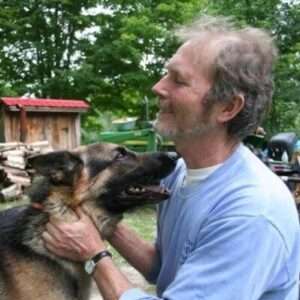

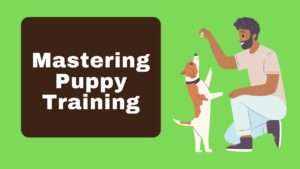
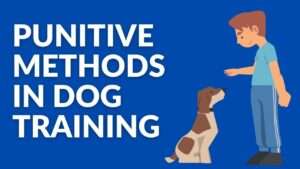
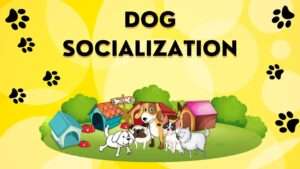

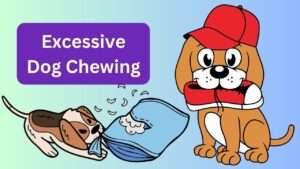
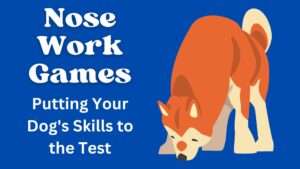

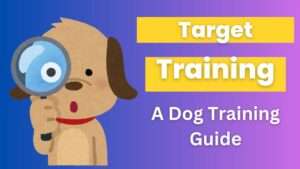
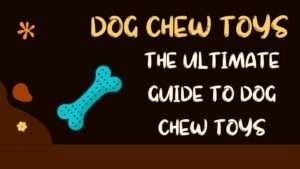
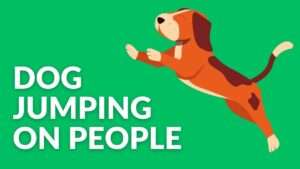

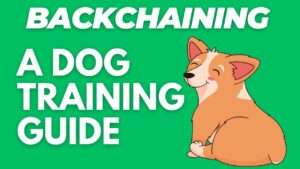


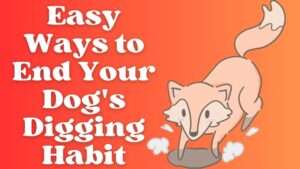
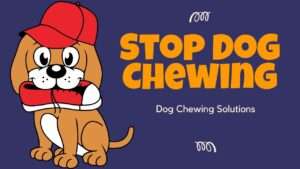
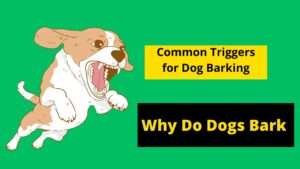
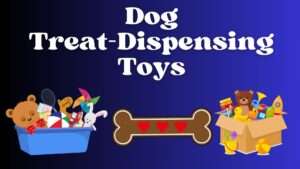
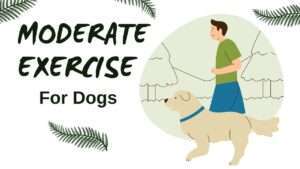
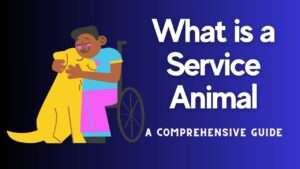
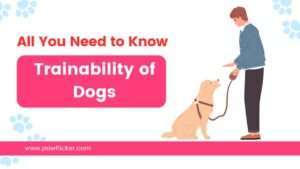

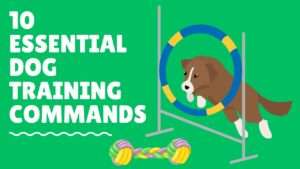
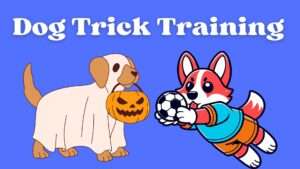
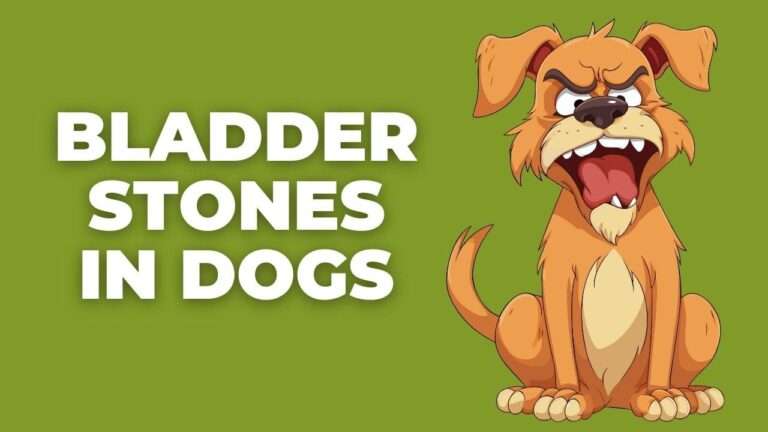
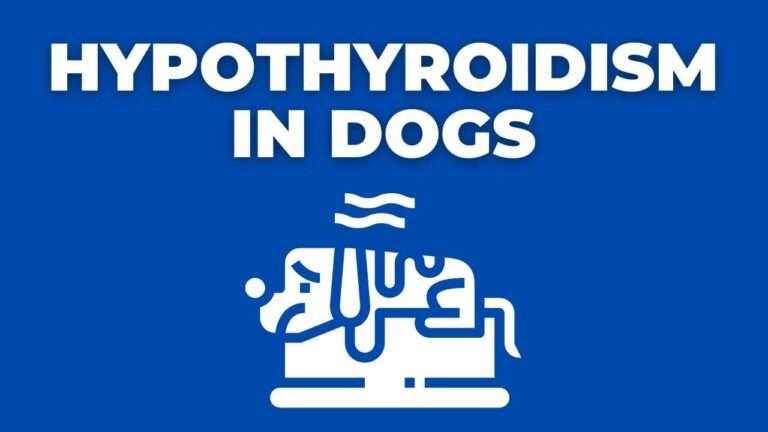


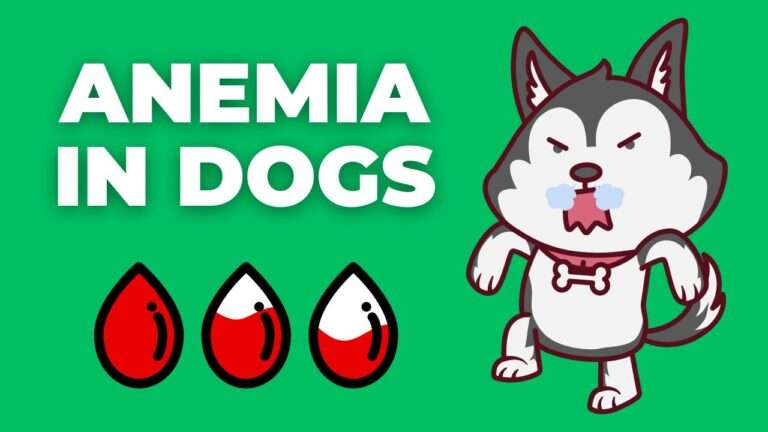
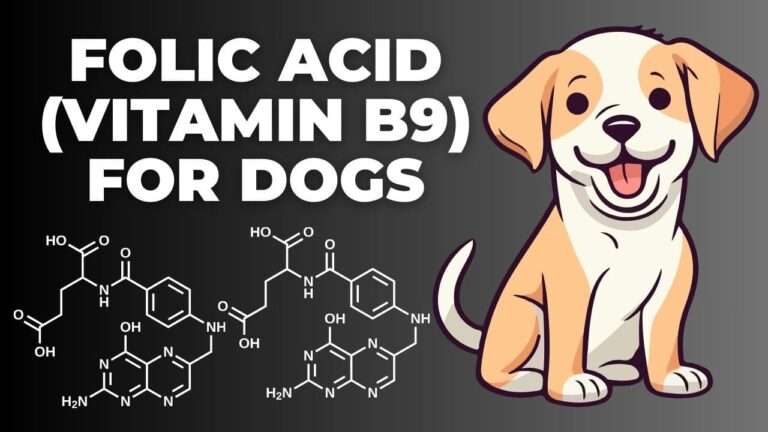

+ There are no comments
Add yours